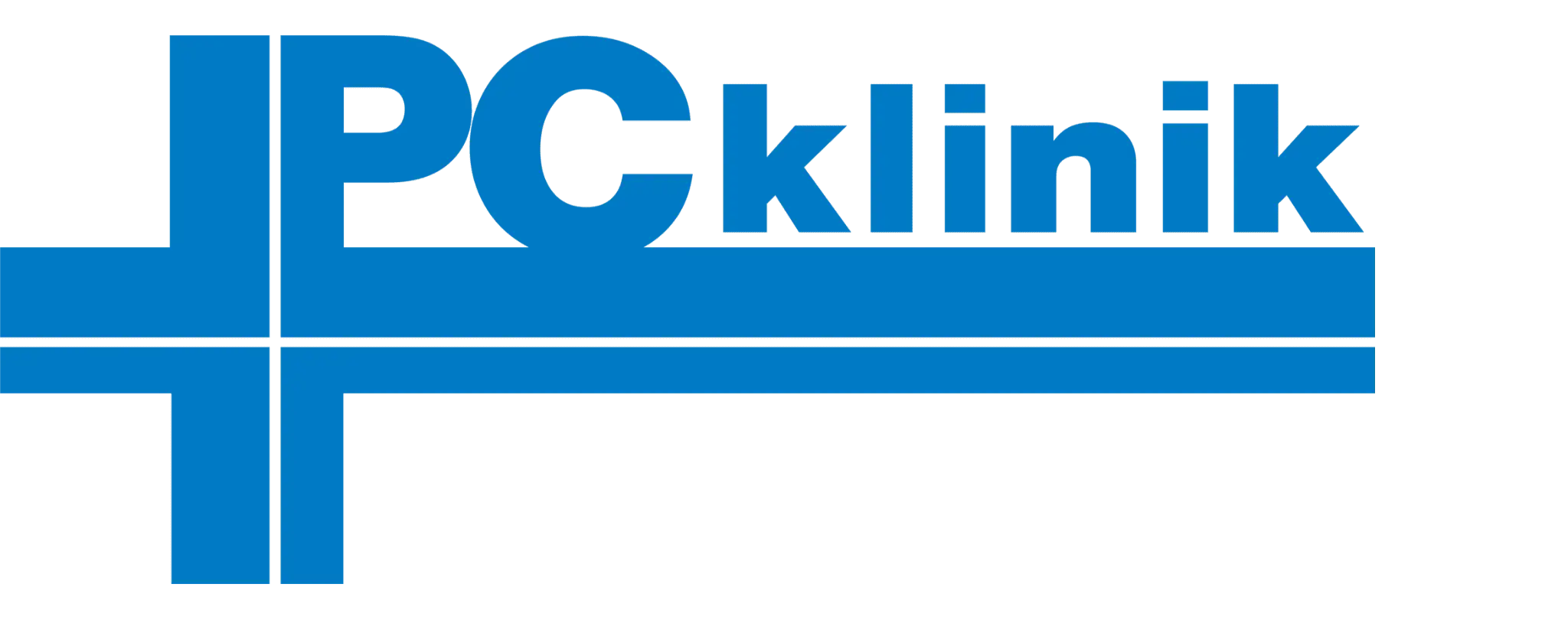PCs are made up of various hardware components, such as the motherboard, CPU, RAM, hard drive, and power supply. When one of these components fails, it can cause your PC to stop working properly. Here are some common hardware issues and how to troubleshoot them:
- Power Issues: If your PC won’t turn on or shuts down unexpectedly, it could be a power issue. Check the power cord and make sure it’s plugged in properly. If the cord is fine, test the outlet with another device to ensure it’s working. If the problem persists, it could be a faulty power supply.
- No Display: If your PC turns on but the display doesn’t work, check the connections between the monitor and the PC. Ensure the monitor is powered on and set to the correct input. If the problem persists, try connecting another monitor to the PC to isolate the issue. If the problem persists, it could be a faulty graphics card or a motherboard issue.
- Slow Performance: If your PC is slow or unresponsive, it could be due to insufficient RAM or a failing hard drive. Check your system’s RAM usage and consider upgrading if necessary. Run a disk check to identify any issues with the hard drive.
- Blue Screen of Death (BSOD): A BSOD occurs when there’s a critical error in your system. Check the error message and research it online for possible solutions. Update drivers or uninstall recently installed software that may be causing the issue.
- Overheating: Overheating can cause hardware failure and damage to your PC. Ensure your PC has proper ventilation and airflow, and consider using a cooling pad or additional fans. Check your system’s temperatures using software and clean the dust buildup in your system.
- Strange Noises: If your PC is making strange noises, it could be a sign of a failing hard drive, fan or power supply. Identify the source of the noise and consider replacing the faulty hardware.
- Peripheral Issues: If your mouse, keyboard or other peripherals aren’t working properly, try plugging them into another USB port. If the problem persists, try using the peripherals on another PC to isolate the issue.
In conclusion, hardware issues can be frustrating and time-consuming to troubleshoot, but identifying and fixing them can save you from costly repairs or replacement. By following these basic troubleshooting steps, you can identify the root cause of your PC’s hardware issues and find possible solutions.

